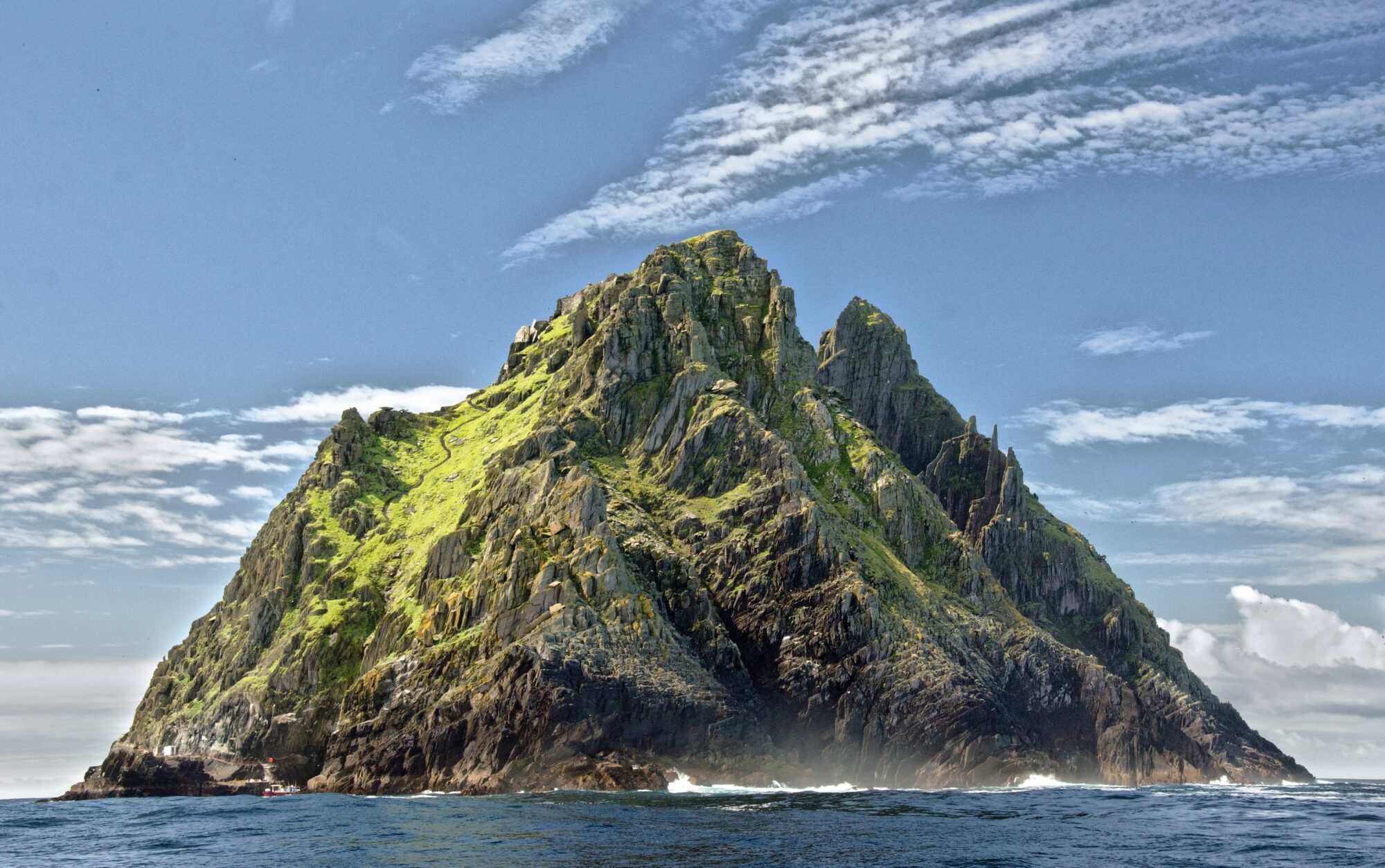As thrill-seekers and adventurers, we are often drawn to the unknown, to places that test our limits and push us to the brink of our comfort zones. But what about the places that are truly treacherous, where even the bravest of souls dare not venture? These are the world’s most dangerous islands, where nature’s fury reigns supreme and the elements conspire against us.
From treacherous waters and shipwrecks, to natural disasters and isolation, these islands are not for the faint of heart. They are extreme environments, with treacherous terrain and deadly creatures that have claimed the lives of countless explorers and adventurers. And yet, they hold a certain allure, a magnetic attraction that draws us in, tempting us to brave their dangers and discover their secrets.
So, if you’re feeling brave, come with us on a journey into the unknown, as we explore the 10 most dangerous islands on Earth.
- North Sentinel Island, India – This small, remote island in the Bay of Bengal is home to the Sentinelese tribe, one of the last uncontacted peoples on Earth. The tribe has fiercely guarded their isolation for centuries, and have been known to attack outsiders with spears and arrows. In 2006, two fishermen who strayed too close to the island were killed by the tribe.
- Ilha da Queimada Grande, Brazil – Also known as Snake Island, this isolated island off the coast of Brazil is home to the highly venomous golden lancehead viper. With a population density estimated at one snake per square meter, the island is considered too dangerous for human habitation.
- Isla de las Muñecas, Mexico – Located in the canals of Xochimilco near Mexico City, this island is known for its collection of dolls hanging from the trees. The dolls are said to be possessed by the spirit of a girl who drowned on the island, and locals believe they protect the island from evil spirits.
- Socotra Island, Yemen – This remote island in the Indian Ocean is home to a unique and diverse array of flora and fauna, with over 700 species found nowhere else on Earth. However, the island is also known for its harsh environment, with extreme temperatures and limited water sources.
- Bouvet Island, Norway – This remote island in the South Atlantic is one of the most isolated places on Earth, with no permanent human settlement. It is known for its harsh weather and treacherous waters, making it a challenge even for experienced explorers.
- Gough Island, Tristan da Cunha – This remote island in the South Atlantic is home to a large population of seabirds, but is also known for its treacherous waters and frequent shipwrecks. It is considered one of the most remote inhabited islands in the world.
- Surtsey Island, Iceland – This young island, formed by a volcanic eruption in 1963, is a haven for scientific study. However, it is also very remote and inhospitable, with rugged terrain and frequent volcanic activity.
- Easter Island, Chile – This remote island in the Pacific is famous for its massive stone statues, but is also known for its isolation and limited resources. The island’s deforestation and overpopulation led to its eventual decline and abandonment.

